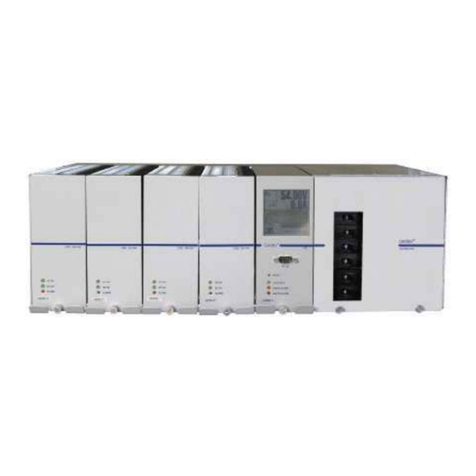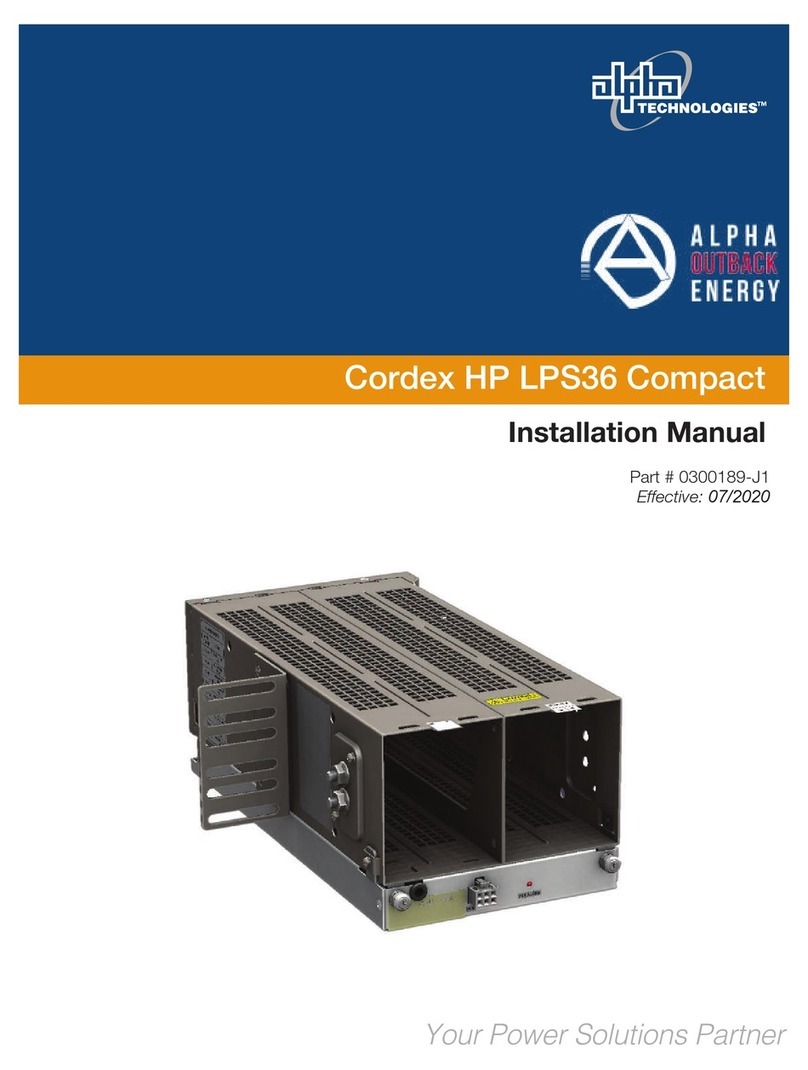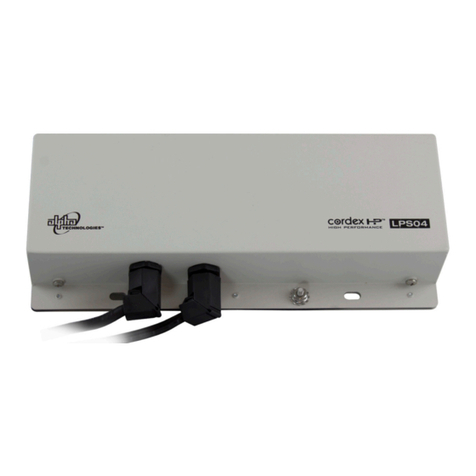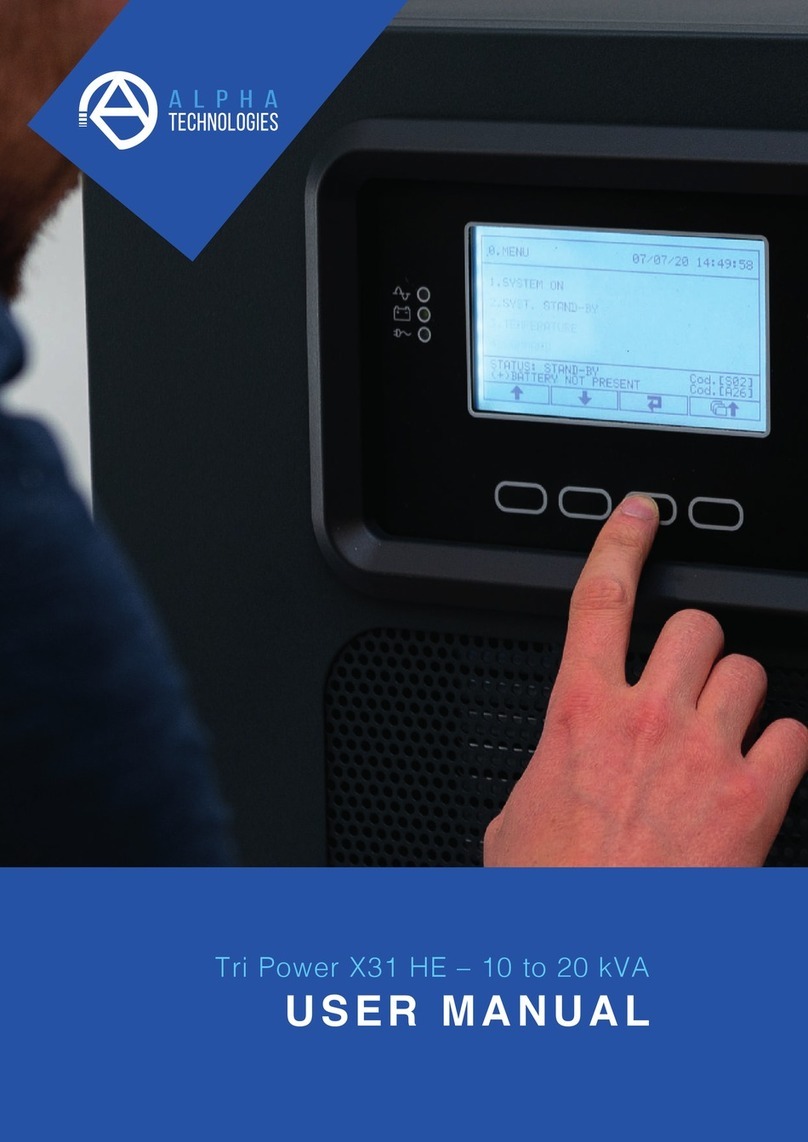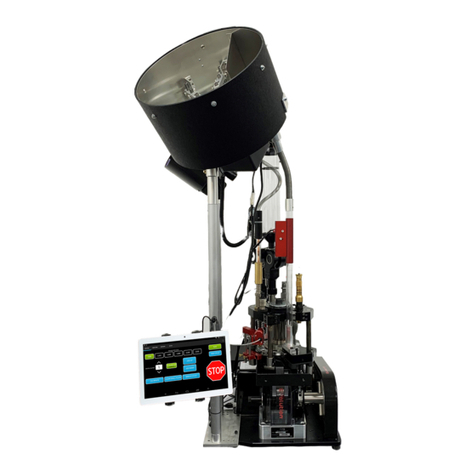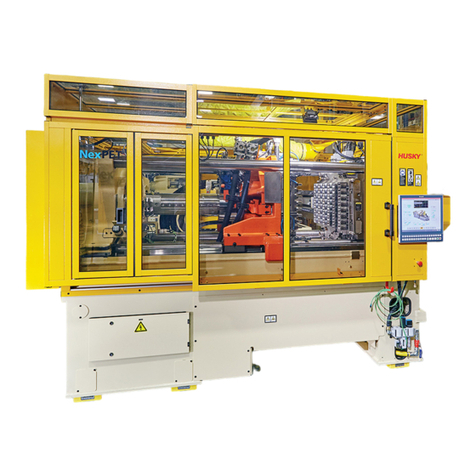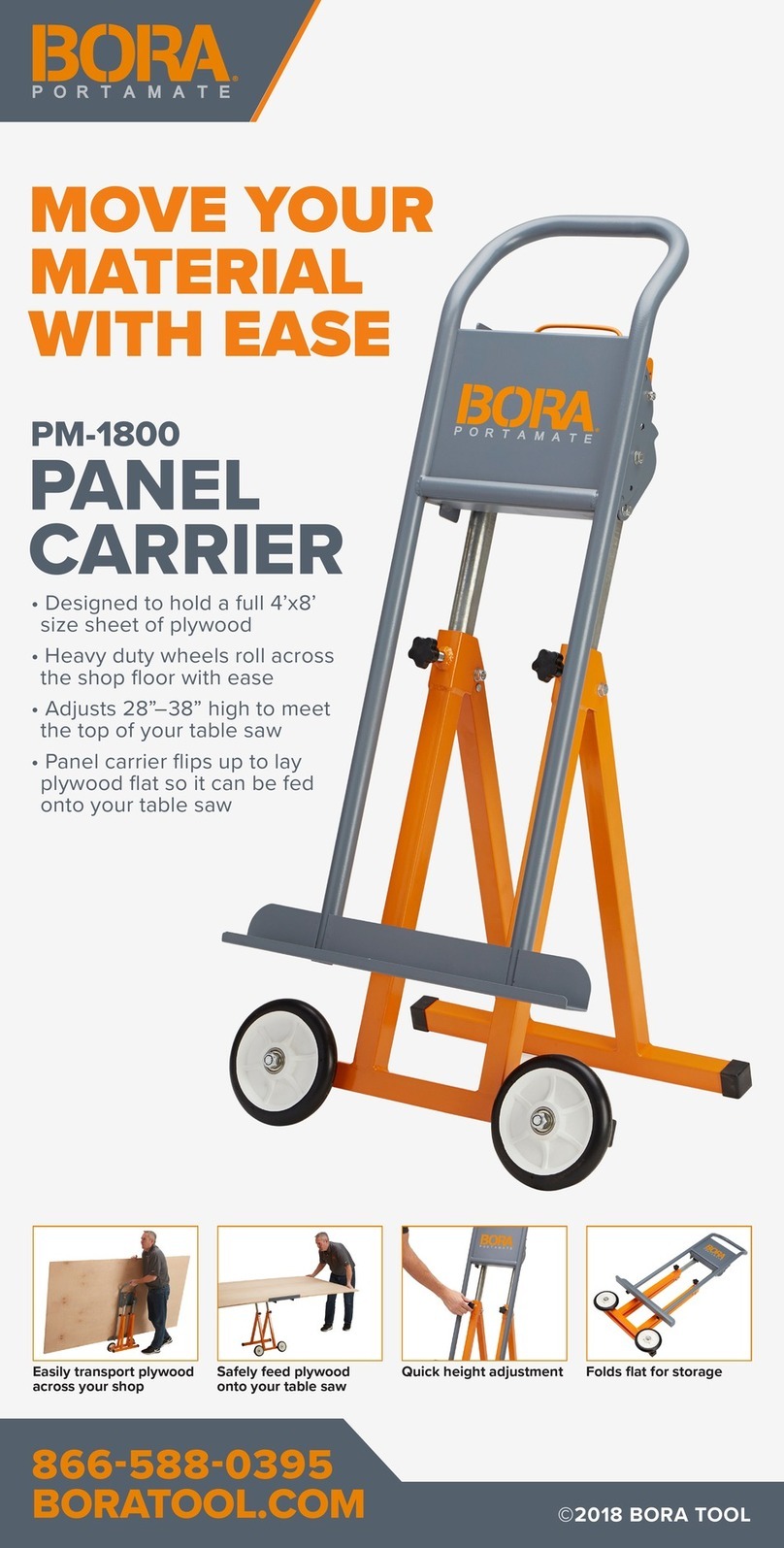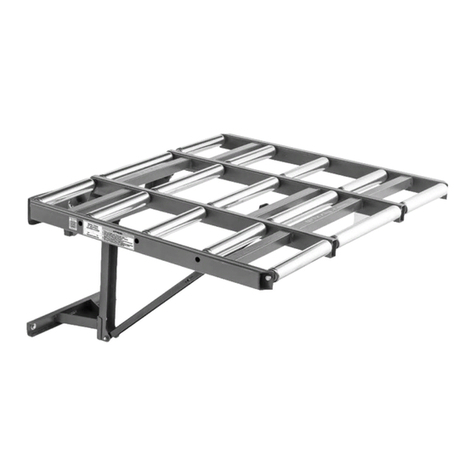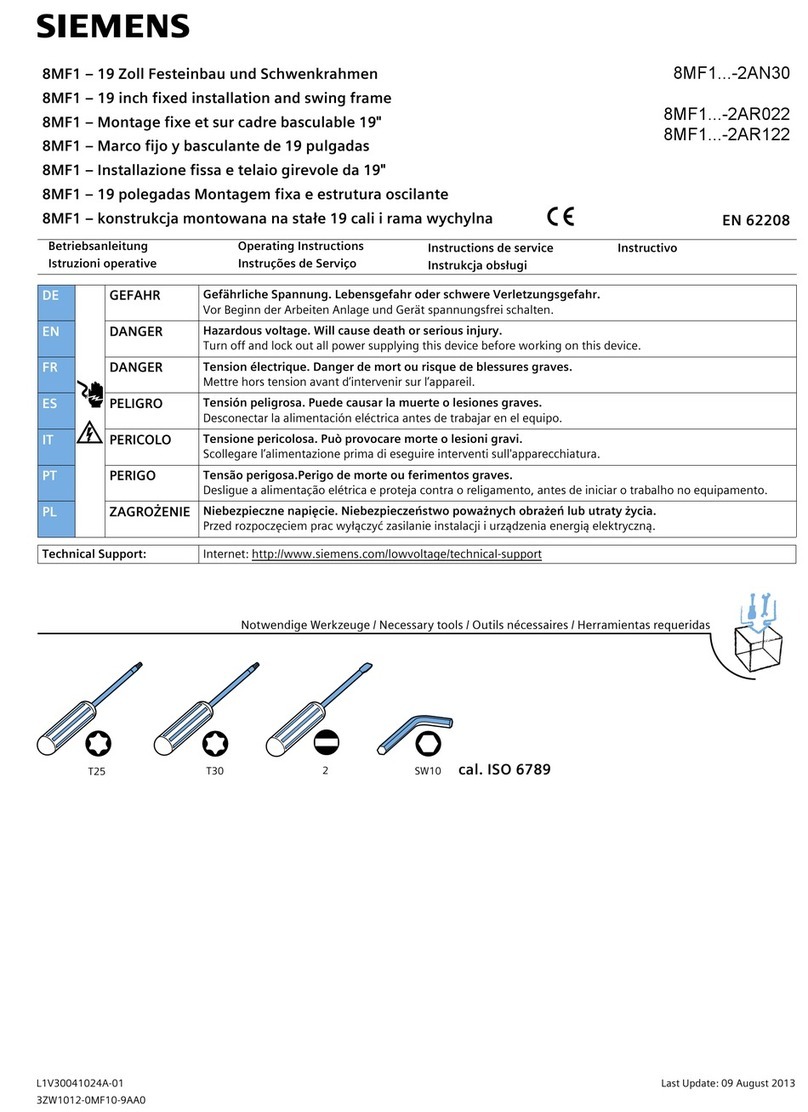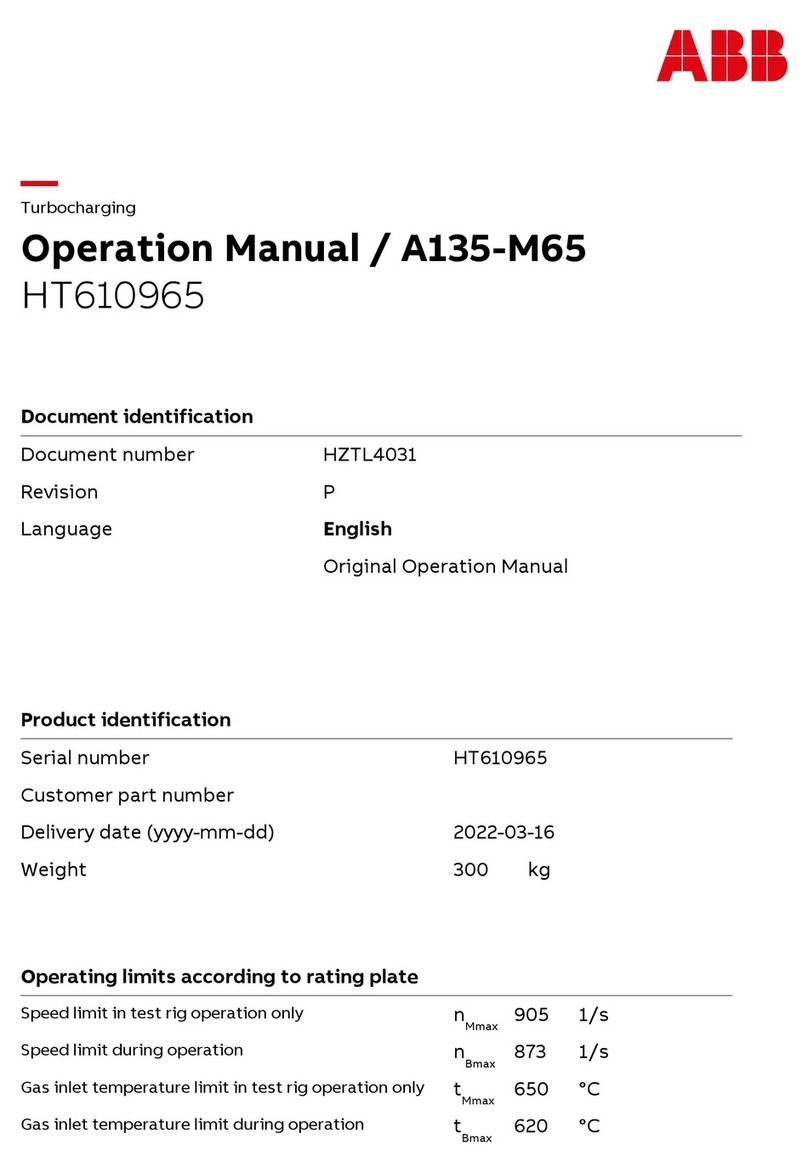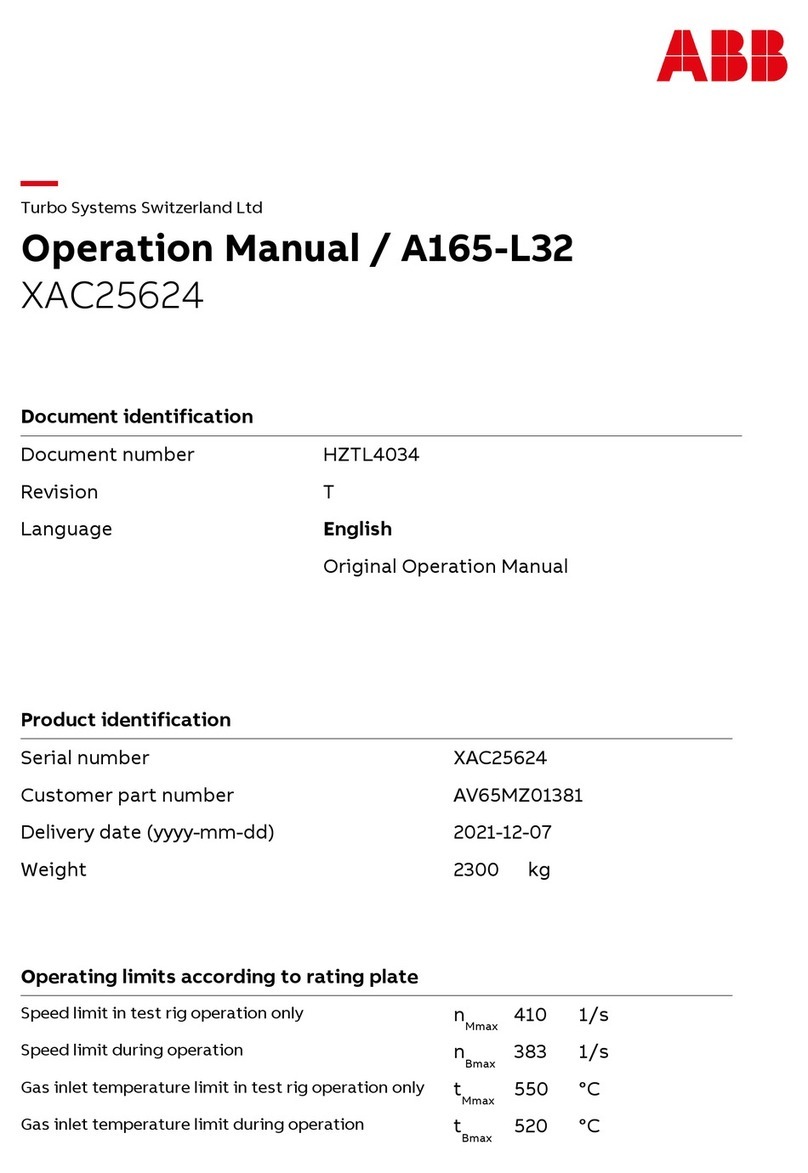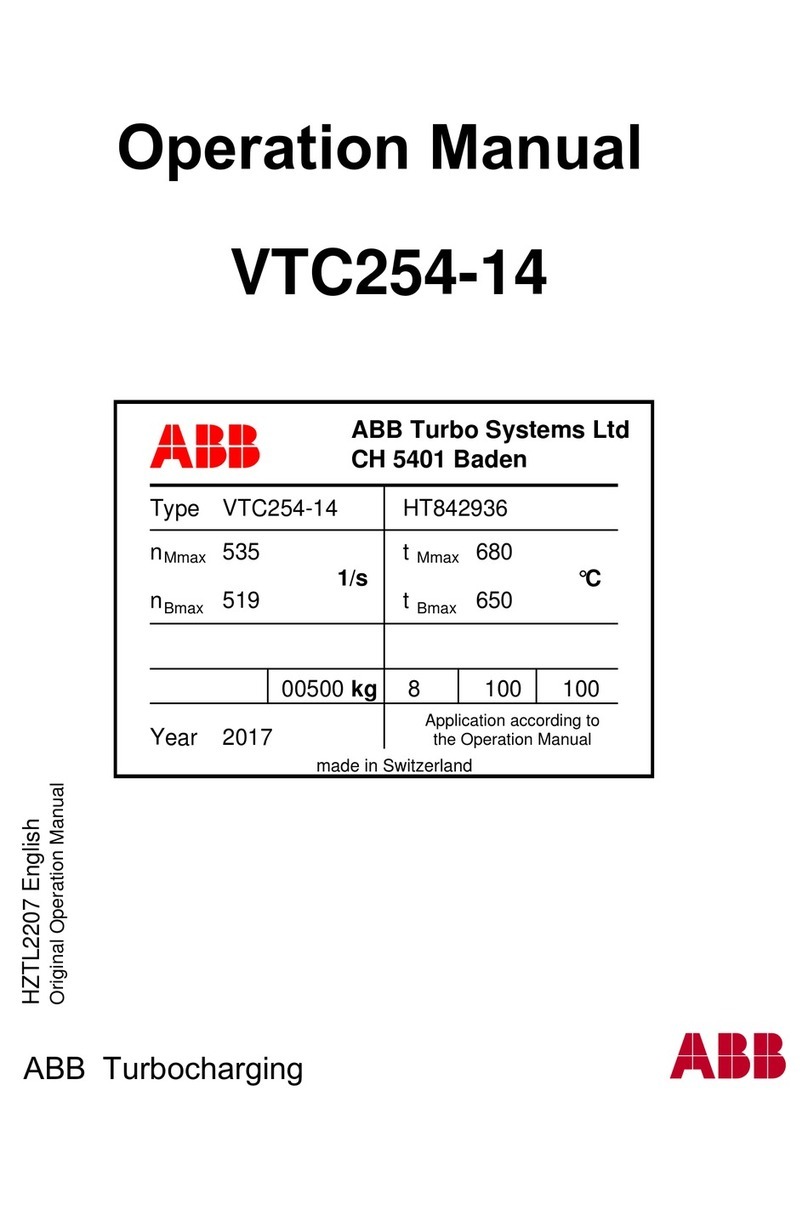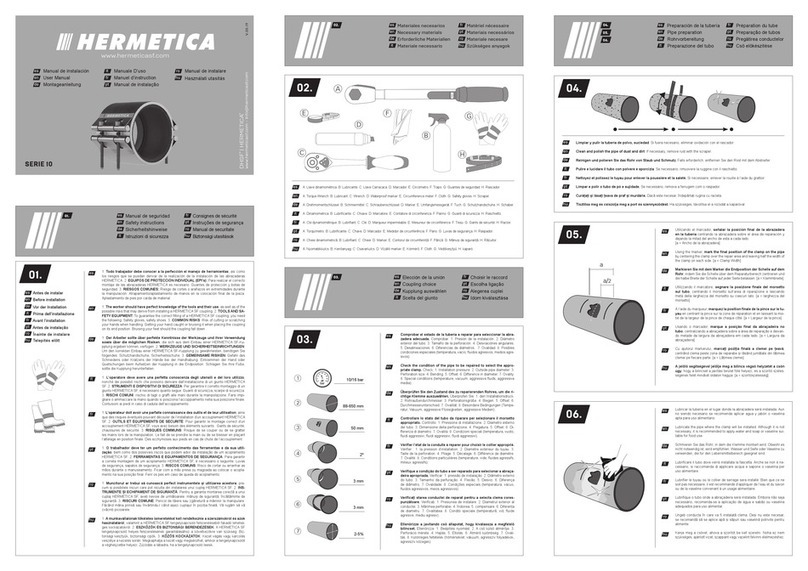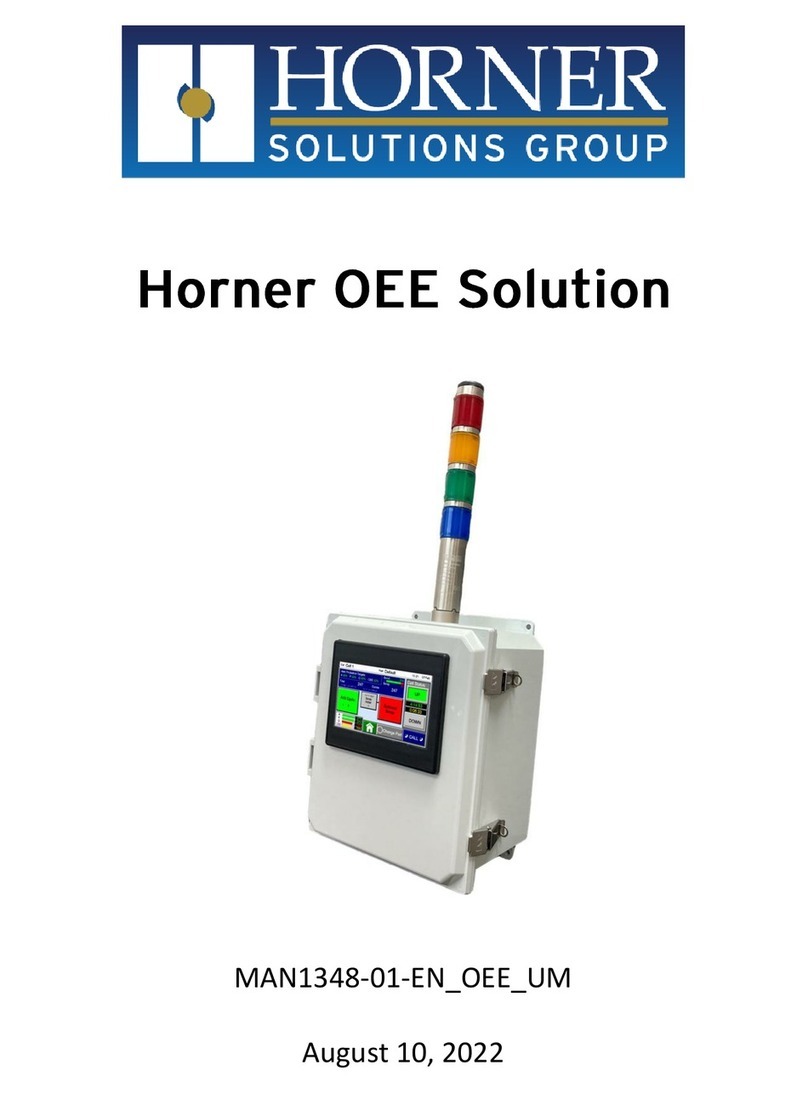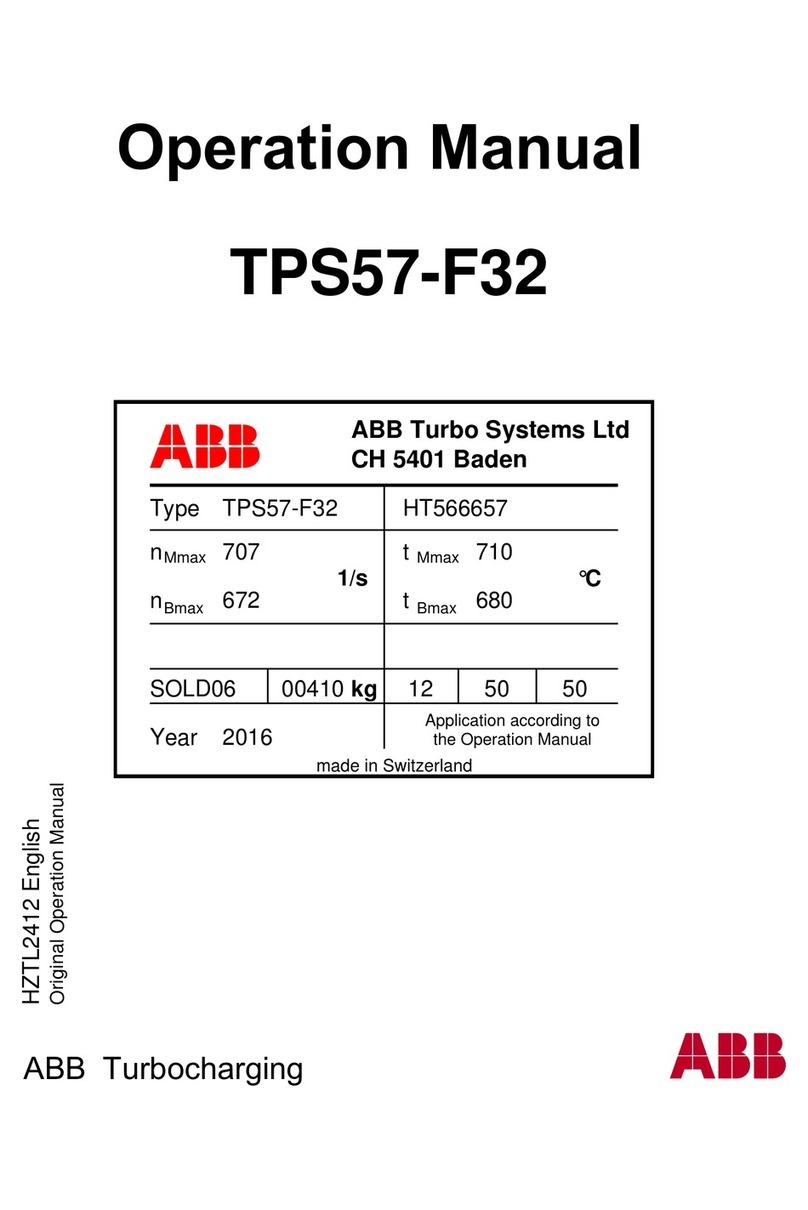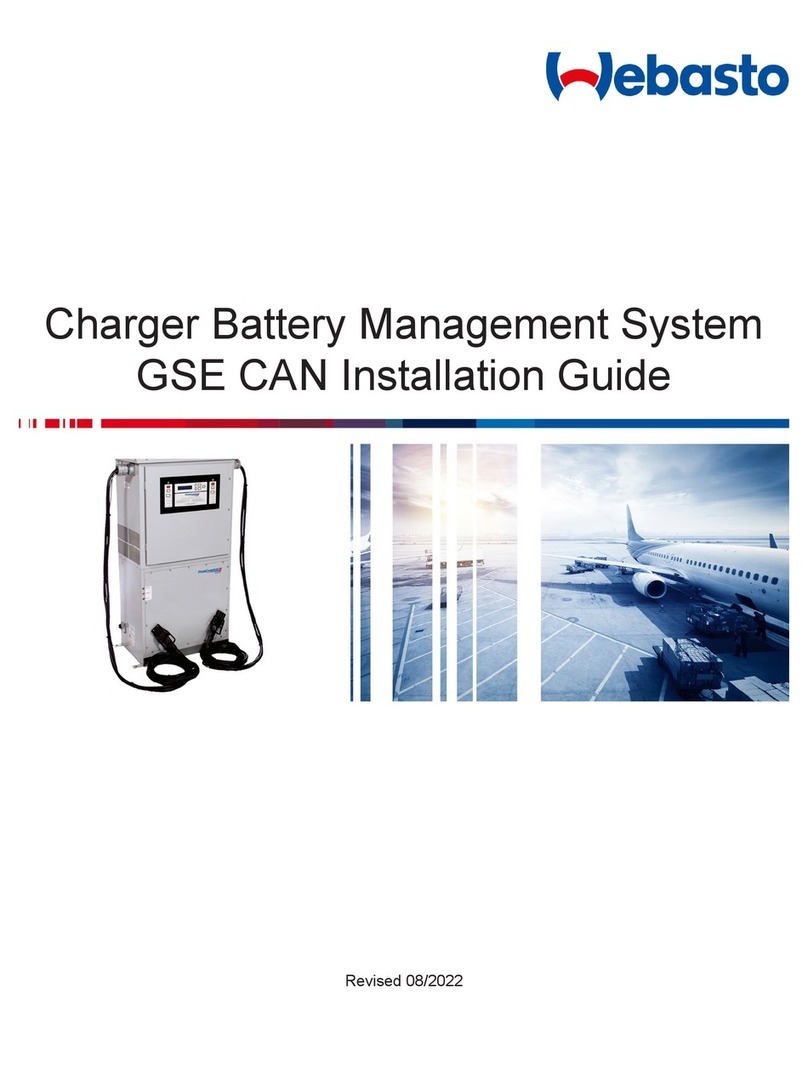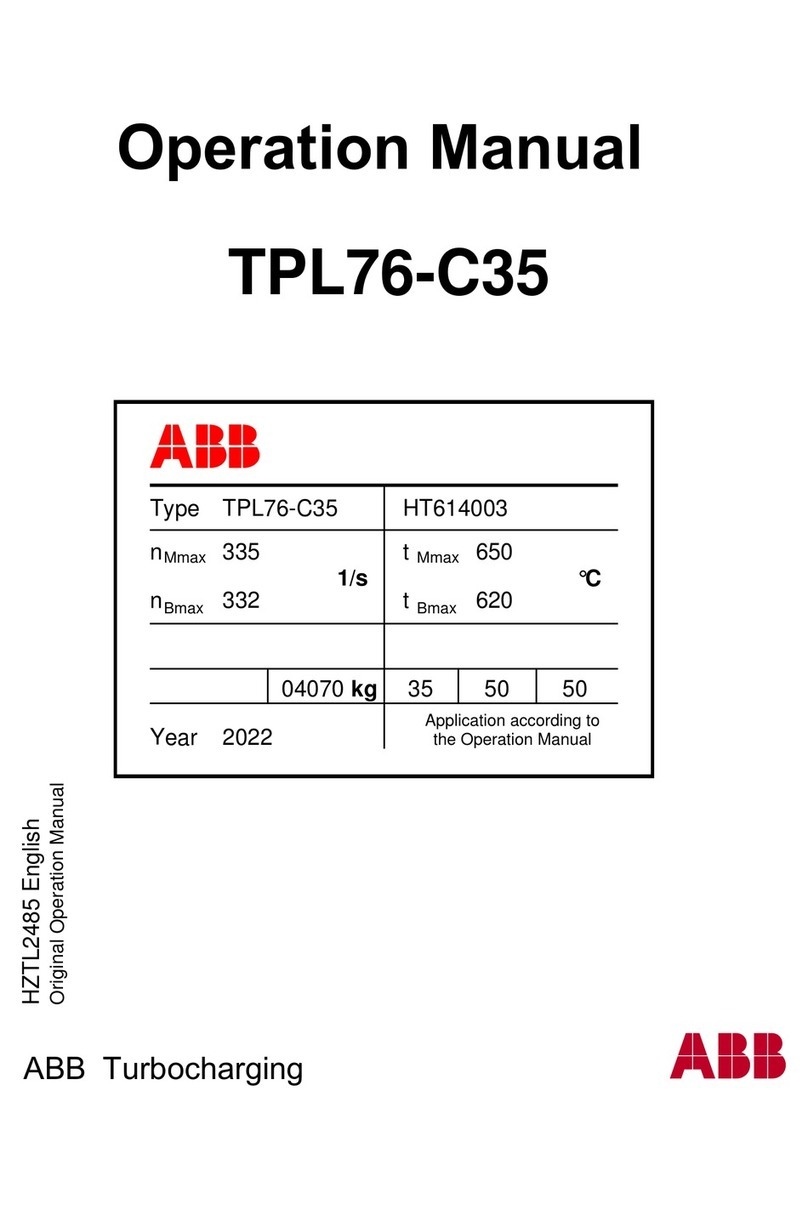
9400013-J1 Rev A
Elektrische Sicherheit
WARNUNG!
Am Punkt der Stromeinspeisung liegen gefährliche Spannungen vor. Der Gleichstromausgang
von Gleichrichtern und Batterien weist zwar keine gefährliche Spannung auf, die
Kurzschlussstrom-Kapazität ist jedoch sehr hoch, was zu ernsthaften Verbrennungen und
Lichtbögen führen kann.
Befolgen Sie die folgenden Vorsichtsmaßnahmen, bevor Sie mit einer spannungsführenden Batterie oder einem
Stromversorgungssystem arbeiten:
•Legen Sie sämtlichen Schmuck aus Metall wie z.B. Armbanduhren, Ringe, Brillen mit Metallrahmen oder
Halsketten ab.
•Tragen Sie während der Installationsarbeiten jederzeit Schutzbrillen mit Seitenschutz.
•Verwenden Sie nur geprüftes isoliertes Werkzeug.
WARNUNG!
Innerhalb des Stromversorgungssystems herrschen lebensgefährliche Spannungen vor.
Gehen Sie jederzeit davon aus, dass eine elektrische Verbindung oder ein Leiter Strom führt.
Überprüfen Sie den Stromkreis mit einem Spannungsmesser bezüglich des geerdeten Teils
des Gehäuses (sowohl Wechsel- als auch Gleichstrom), bevor Sie eine Installation oder
Demontage durchführen.
•Arbeiten Sie unter gefährlichen Bedingungen niemals alleine.
•Die Installation festverdrahteter Geräte muss durch einen zugelassenen Elektriker vorgenommen werden. Die
Eingangsspannungen können bis zu 240 VAC betragen. Stellen Sie sicher, dass die Verbindung zum
Netzstrom getrennt und gegen Wiedereinschalten gesichert ist, bevor Sie eine Installation oder Demontage
durchführen.
•Stellen Sie sicher, dass keine Flüssigkeiten oder nasse Kleidungsstücke mit innenliegenden Komponenten in
Berührung kommen.
•Gefährliche stromführende Teile innerhalb dieses Geräts werden auch bei Trennung der Netzverbindung noch
über die Batterien versorgt.
Batteriesicherheit
•Die Wartung und der Anschluss von Batterien muss von Mitarbeitern durchgeführt bzw. direkt beaufsichtigt
werden, die über Kenntnisse über Batterien und die erforderlichen Sicherheitsmaßnahmen verfügen.
•Tragen Sie jederzeit Augenschutz, Gummihandschuhe und eine Schutzweste, wenn Sie in der Nähe von
Batterien arbeiten. Entfernen Sie sämtliche Metallgegenstände von Ihren Händen und Ihrem Hals.
•Verwenden Sie von der OSHA genehmigte isolierte Handwerkzeuge. Legen Sie Werkzeuge nicht auf Batterien
ab.
•Verwenden Sie nur geprüftes isoliertes Werkzeug. Legen Sie Werkzeug niemals auf Batterien ab.
••Batterien enthalten Chemikalien bzw. setzen Chemikalien frei, von denen bekannt ist, dass sie Krebs oder
Geburtsfehler verursachen oder die Fortpflanzungsfähigkeit anderweitig schädigen.
•Batterieanschlüsse und entsprechendes Zubehör enthalten Blei und Bleiverbindungen. Waschen Sie nach
dem Umgang mit Batterien Ihre Hände.
•verursachen oder die Fortpflanzungsfähigkeit anderweitig schädigen.
WARNUNG!
Befolgen Sie die Sicherheitsempfehlungen von Batterieherstellern, wenn Sie mit
Batteriesystemen arbeiten. Während Batterien (insbesondere geschlossene Batterien)
aufgeladen werden, darf weder geraucht noch offenes Feuer verwendet werden. Beim
Aufladen setzen Batterien Wasserstoffgas frei, das explodieren kann.
•Batterien sind schädlich für die Umwelt und sollten im Sondermüll entsorgt werden. Wenden Sie sich an den
Batteriehersteller, um sich über empfohlene zugelassene örtliche Recyclingstellen zu informieren.
